Our emotions vary from day to day, even in the moments through out the day our temperaments change. These can sometimes be confusing for a young child as they’re not quite sure how to decipher one emotion from the next.
Sure some emotions are easier than others, like happy versus sad. But what about frustrated compared to angry?
Here’s a few different ways to help your child decipher, talk about, and identify emotions:
- When reading a book or watching a movie, ask your child if a character is happy, sad, angry, confused, etc. Allow the child to answer and if they saw Papa Bear looks angry, but he’s actually frustrated because he can’t  open a can of worms then explain that.
- Practice showing different emotions with your child. This can turn into a fun game and it’s very simple! Just make a face and ask the child, “What am I?” Let them answer. Did you show you were happy? Surprised? Confused? Talk about the differences in these facial expressions and body language that give us clues to the different emotions.
- Talk about their emotions.  If they’re struggling with a task you might ask, “Are you frustrated?” If they say “yes,” then continue with “What’s making you frustrated?” If they are too young to explain what may be frustrating them, help them out. “Is it that you can’t fit that piece in the puzzle?” Make an environment where it is safe to experience talk about different emotions. Emotions are a natural part of life and instead of telling a child it’s not okay to be angry, for example, talk and show them more appropriate ways to deal with their anger.
- Make emotion cards. Take pictures of yourself or someone else familiar to the child displaying an array of emotions. Print the pictures, put them on cardstock, and laminate. Review the cards with the child and identify the emotions together. For preschool age children, you could make these into 3-part cards.
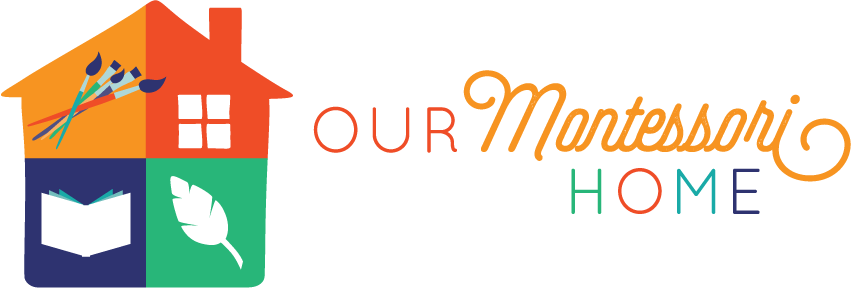
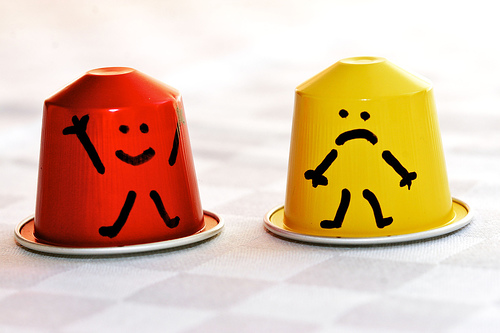
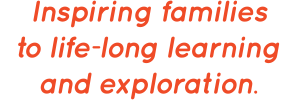






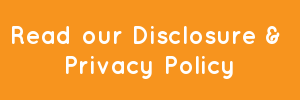
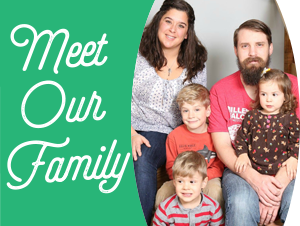












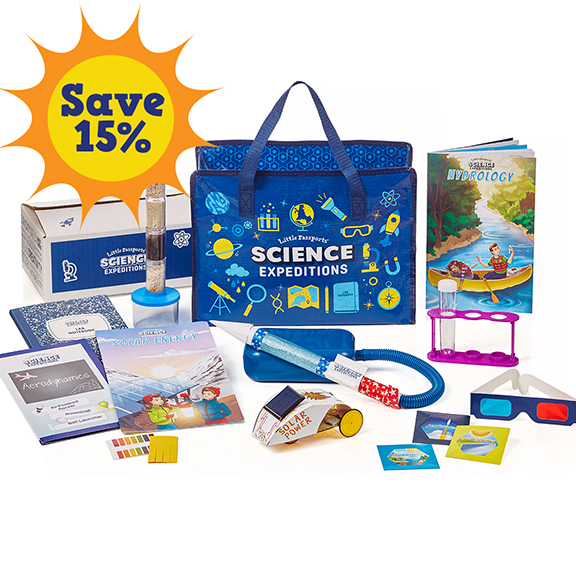







0 comments… add one